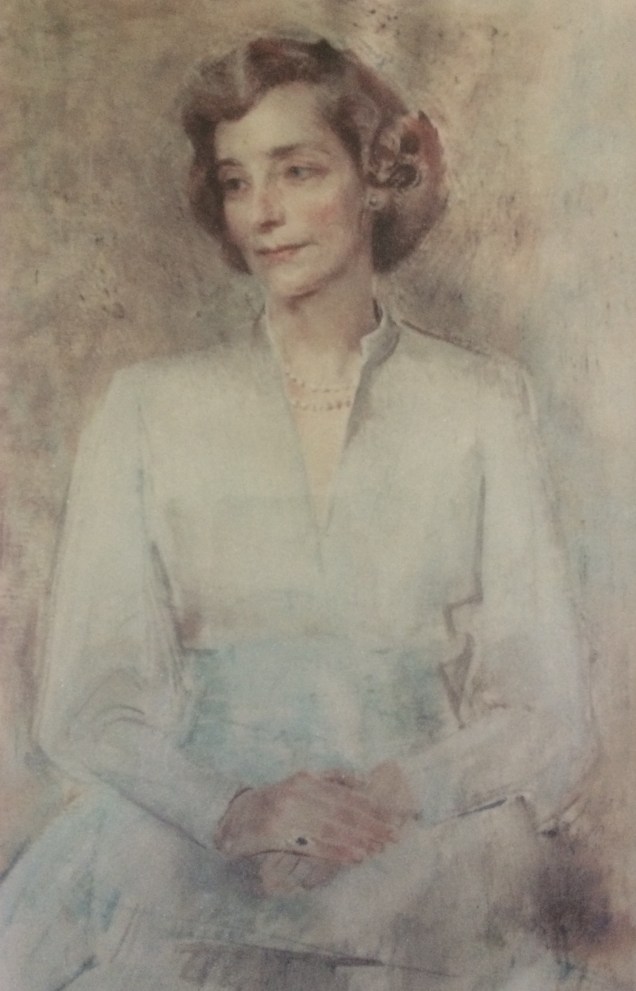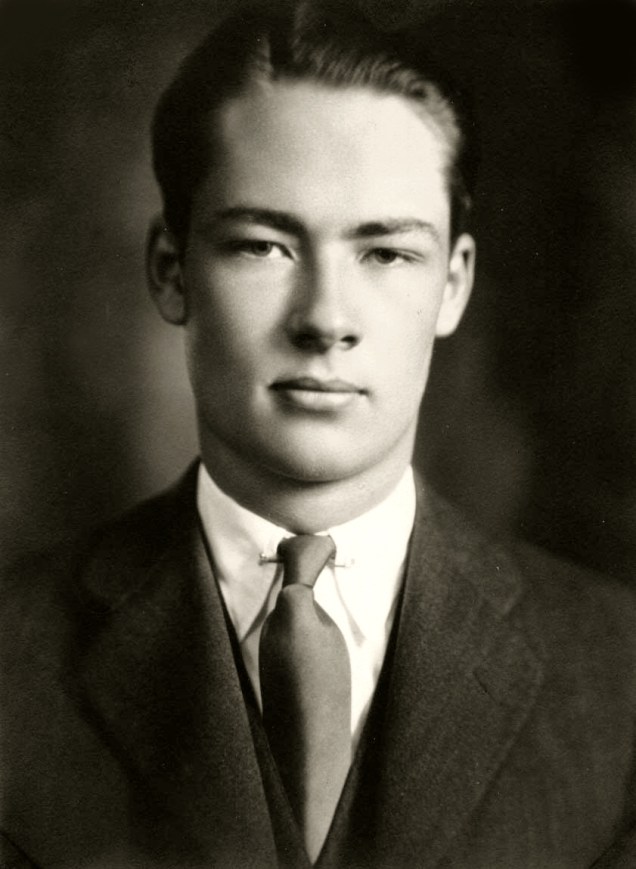In the interest of seeing that our family tree, the actual genealogical “who, when, and where” is preserved, I have placed some of the research that went into this blog on five websites, four of which actually aim to piece together, person by person, a single family tree for everyone. Taken literally, that is wildly ambitious, not to mention completely impractical, but the effort alone has already produced, flaws and shortcomings notwithstanding, a very special body of research.
These “collaborative” genealogy sites are Geni, WikiTree, WeRelate, and FamilySearch. Each is a little different.
For example, Geni and WikiTree make room for all relatives including living people and then add privacy controls. WeRelate, meanwhile, has decided to forego information on living people and just focus on the near past. Geni makes little use of sources or documentation, but WikiTree and especially WeRelate strive, with varying success, to back up all assertions with primary documents. There are plenty of other differences, but that’s the gist of it.
The main point is that putting the information here means it will survive even in generations when no one inherits an interest in family history– something I see as increasingly likely.
Here are some jumping off points, categorized first by site, and then by a few key relatives…
Geni:
- James Lawrence (1878-1969) and Marion Peabody
- Edward D. Brandegee and Mary Bryant Pratt
- Nelson Borland Lee and Mary Flagg
- Clarence Burgin and Minnie Morton Rodgers
- Howard T. Swain and Harriet French
WikiTree:
- James Lawrence (1878-1969) and Marion Peabody
- Edward D. Brandegee and Mary Bryant Pratt
- Nelson Borland Lee and Mary Flagg
- Clarence Burgin and Minnie Morton Rodgers
- Howard T. Swain and Harriet French
WeRelate:
- James Lawrence (1878-1969) and Marion Peabody
- Edward D. Brandegee and Mary Bryant Pratt
- Nelson Borland Lee and Mary Flagg
- Clarence Burgin and Minnie Morton Rodgers
- Howard T. Swain and Harriet French
FamilySearch:
- James Lawrence (1878-1969) and Marion Peabody
- Edward D. Brandegee and Mary Bryant Pratt
- Nelson Borland Lee and Mary Flagg
- Clarence Burgin and Minnie Morton Rodgers
- Howard T. Swain and Harriet French
Finally, I said there are five sites. The fifth is Ancestry.com, which somewhat sadly, has a paywall and curious people cannot simply click over to peruse the material at will. You can see it without a financial outlay, but to do so you’ll have to email me or Elisha Lee to be put on a list of invitees. Sorry, I didn’t make up those rules. If you are already on Ancestry, you can search for our tree which is called Kinsmen and Kinswomen (revised and sourced). [18,000 relatives and counting.] On the plus side, looking for a silver lining, the highly commercial aspect of Ancestry has paid huge dividends in making a vast trove of documents available online, including – in most cases – photocopies of originals. This includes birth certificates, marriage entries in the parish register, passport applications, draft registrations, VA records, medical examiners’ notes, high school yearbooks, biographical vignettes, and on and on. People can also share multiple digital copies of rare family photos. There really is nothing like it for primary research.
At some point in the distant future, I’ll figure out how to put a version of our tree here, on this site, with measures in place to protect people’s privacy, but until then, the organizations above will have to suffice.












